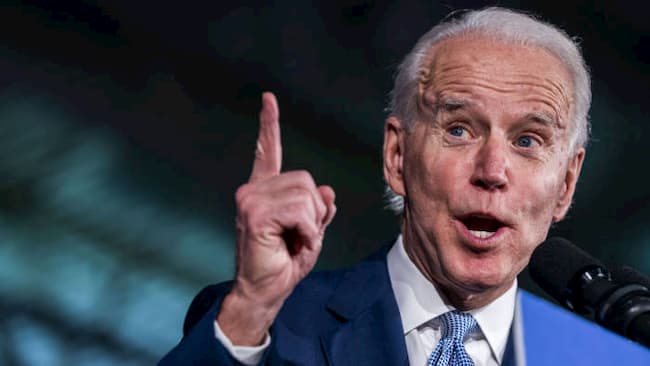The US gross domestic product (GDP) expanded at its quickest rate since 2021 in the third quarter of 2023, a 4.9% annualized growth rate driven by soaring government and consumer expenditure. Spending by households increased by 4%, with purchases of durable goods—items that last longer than three years—looking especially excellent at 7.6%.
Although services decreased to 3.6%, there is still significant strength in this market since celebrities like Taylor Swift, Beyoncé, and Barbie all contributed to venue sellouts, increased hotel occupancy, and increased spending at bars and restaurants wherever they visited.
After years of decreases, residential investment increased 3.9%, demonstrating the strength of this sector. This year’s price recovery has been aided by a dearth of available existing homes, which has sparked renewed development activity.
The only significant negative surprise was non-residential fixed investment, or essentially corporate capex, which came in at -0.1%. However, net trade only deducted -0.1% from headline growth.
To sum up, government spending increased 4.6% annually, driven mostly by an 8% rise in defense spending, while inventories considerably increased, accounting for 1.3 percentage points of the 4.9% headline GDP growth.
Regretfully, the chief international economist at James Knightley stated that they do not anticipate this exceptional growth rate to continue in the upcoming quarter.
Knightley said the cumulative effects of Federal Reserve interest rate increases and reduced credit availability are showing signs of finally biting. In its note, INGC said credit card borrowing costs are the highest since records began, car loan and personal loan rates are soaring while mortgage rates are up at 8%.
At the same time, the sources of funds to spend are looking less supportive. Real household disposable income is flat lining, savings are being run down and consumer credit is starting to be paid back, with student loan repayments restarting.
“As such, we expect consumer spending to grow at a weaker pace in the fourth quarter with this decelerating trend continuing in 2024.
“Home builder sentiment is also starting to sour, which weakens the outlook for residential construction as we head towards 2024 while that big surge in inventories seen in the third quarter may not come in as strongly in the fourth quarter.”
It is obviously early days, but at this stage ING sees GDP growth coming in closer to 1.5% in the final three months of the year. Not terrible, but with those challenges facing the consumer sector likely intensifying, growth is set to be even weaker in 2024.














